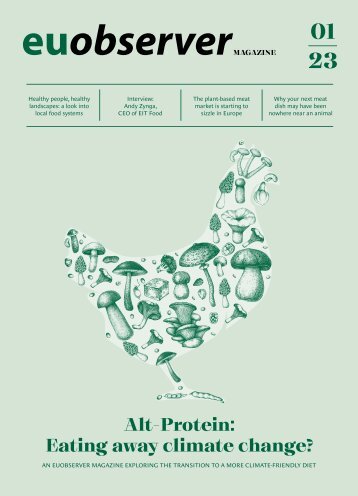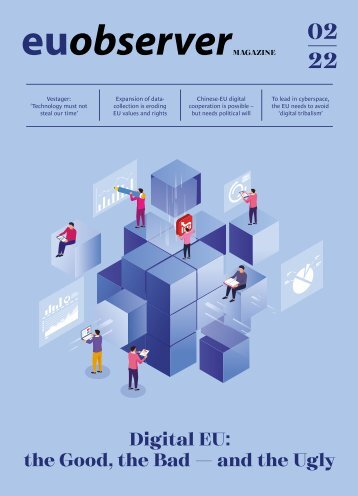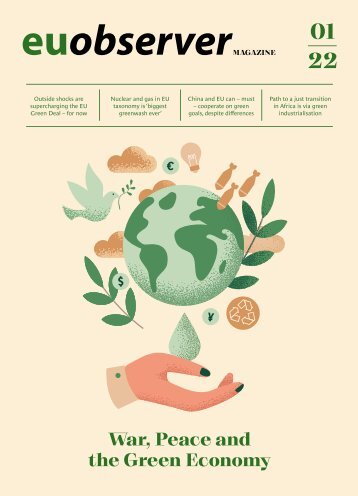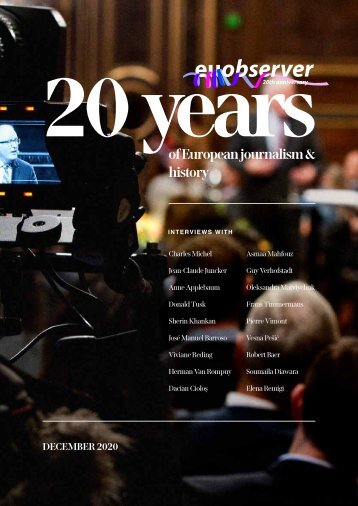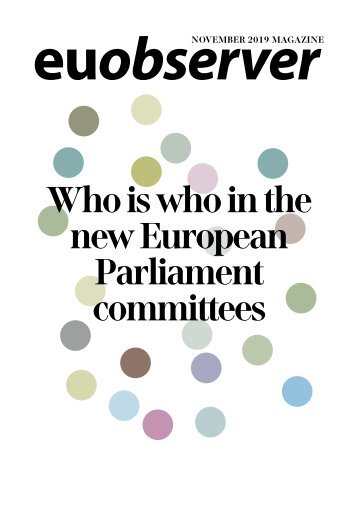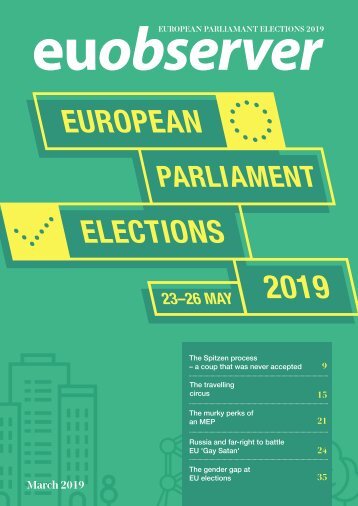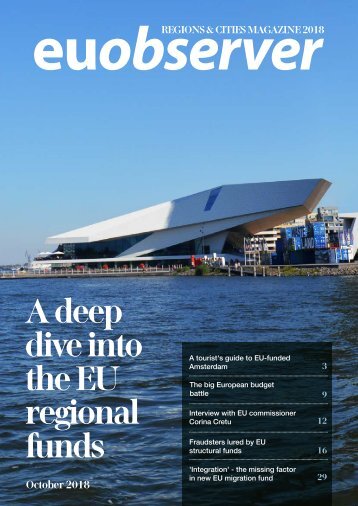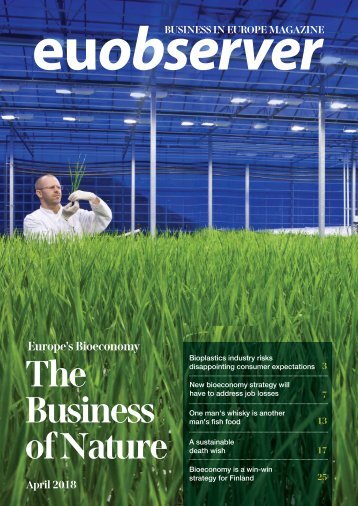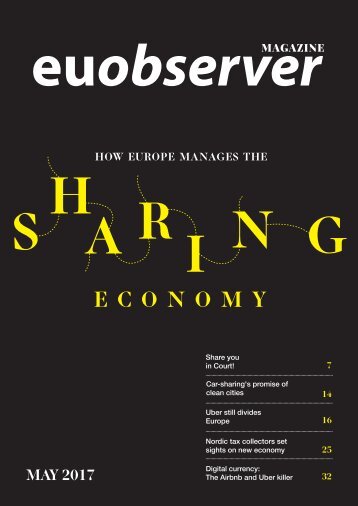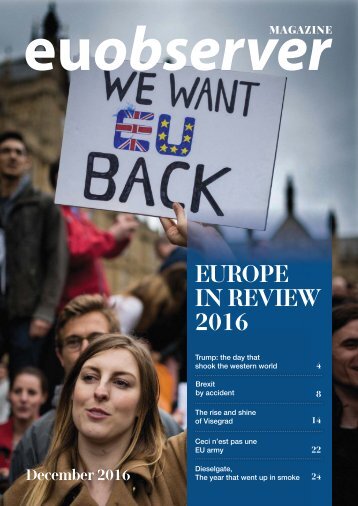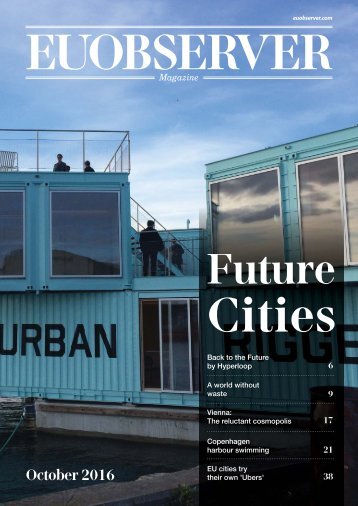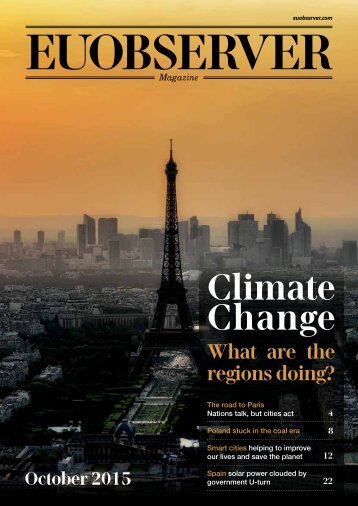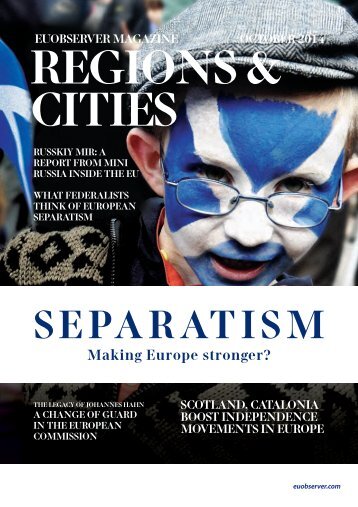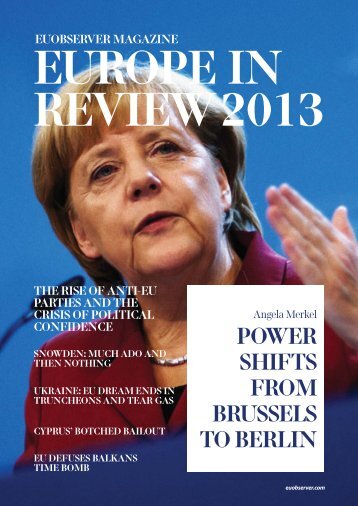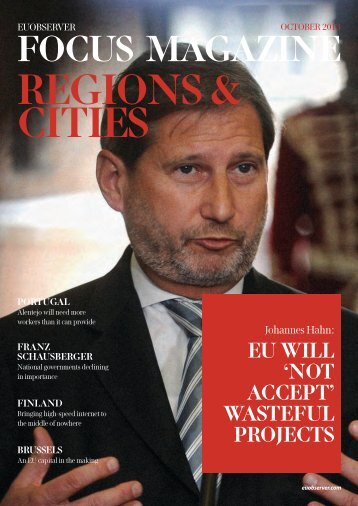War, Peace and the Green Economy
- Text
- Green economy
- Peace
- War
- Ukraine
- China
- Africa
- Europe
An A-Z glossary of
An A-Z glossary of climate change terms Confused by the jargon of climate change, not least the plethora of acronyms — ETC, CCS, CBAM — that surround it? Look no further. By ELENA SANCHEZ NICOLAS CARBON FOOTPRINT: Amount of greenhouse gas emissions that an individual, group, product or event emits, either directly or indirectly, to the environment. CARBON BORDER ADJUSTMENT MECHANISM (CBAM): The EU carbon border tax will set a new levy on imports of iron, steel, cement, fertiliser, aluminium, and electricity, aiming at protecting EU businesses from carbon leakage. CARBON LEAKAGE: The situation that may occur if businesses seek to transfer production to non-EU third countries with less-strict climate rules. CIRCULAR ECONOMY: A system designed to eliminate waste by reusing, sharing, repairing, and recycling resources. CARBON SINK: A natural or artificial reservoir that absorbs more carbon from the atmosphere than it releases. For example, forests, the ocean and soil. CARBON SEQUESTRATION: The natural or artificial process of capturing and storing carbon dioxide. CARBON CAPTURE AND STORAGE (CCS): Technologies that can prevent large quantities of CO2 from being released into the atmosphere. Energy giant ExxonMobil, for example, is participating in four CCS hub projects in Belgium, the Netherlands, France and the UK. CLIMATE-FRIENDLY: This adjective is often used to describe a product, policy or process that has a reduced carbon footprint when compared to others. EMISSION TRADING SYSTEM (ETS): The EU’s cap-and-trade system limits emissions in the power sector, manufacturing industry, and airlines operating in Europe. Within this limit, companies can sell and buy emissions allowances for every emitted tonne of CO2. ENERGY EFFICIENCY: It refers to the process of using less energy to get the same job done. For example, energy-efficient LED light bulbs can produce the same amount of light as incandescent light bulbs but using less electricity. ENERGY POVERTY: There is no official definition for the term in EU policy, but it is commonly used to describe the “inability to keep homes adequately warm”. EU TAXONOMY: It is a classification system that establishes a list of environmentally sustainable economic activities — including highly-controversial “transitional activities”. FOSSIL FUELS: Fuels (such as coal, oil, or natural gas) formed in the earth from plant or animal remains. They produce large quantities of carbon dioxide when burned. GLOBAL GATEWAY: The EU’s €300bn plan to compete with China’s Belt and Road Initiative, supporting infrastructure investment around the world. GREEN BONDS: Green bonds are like regular bonds, but the money raised from investors is used exclusively to finance climate and environmental projects. GREEN ECONOMY: A green economy is generally defined as low-carbon, energy-efficient and socially-inclusive. GREENHOUSE GASES (GHG): These gases trap heat in the atmosphere and warm the planet. The main gases responsible for the greenhouse effect include carbon dioxide, methane, and nitrous oxide. GREENWASHING: A marketing and communication tactic that portrays the organization or institution as environmentally-friendly, when in reality its practices do not align with that portrayal. RENEWABLE ENERGY: Renewables, also known as clean energy, come from natural sources that are not depleted when used, such as wind, tidal, or solar power. GREEN HYDROGEN: Green hydrogen is generated entirely by renewable energy such as wind, solar or hydropower. BLUE HYDROGEN: Blue hydrogen is produced mainly from natural gas, using a process called steam methane reforming. As a result, carbon and capture (CCS) technologies are needed to prevent the creation of greenhouse gases. GREY HYDROGEN: Grey Hydrogen is hydrogen produced using fossil fuels such as natural gas.
- Page 1 and 2: MAGAZINE 01 22 Outside shocks are s
- Page 4: TABLE OF CONTENTS WAR, PEACE AND TH
- Page 8: WHAT’S HAPPENING IN THE EU WAR, P
- Page 12: WHAT’S HAPPENING IN THE EU WAR, P
- Page 16: WHAT’S HAPPENING IN THE EU Does t
- Page 20: HOW OTHERS SEE THE EU WAR, PEACE AN
- Page 24: HOW OTHERS SEE THE EU WAR, PEACE AN
- Page 28: HOW OTHERS SEE THE EU WAR, PEACE AN
- Page 32: WAR, PEACE AND THE GREEN ECONOMY Ch
- Page 36: PEOPLE IN THE NEWS - MAGIC MAGID WA
- Page 40: PEOPLE IN THE NEWS - HILDA FLAVIA N
- Page 44: EUROPE’S GREEN PUSH GREEN ECONOMY
Inappropriate
Loading...
Mail this publication
Loading...
Embed
Loading...

